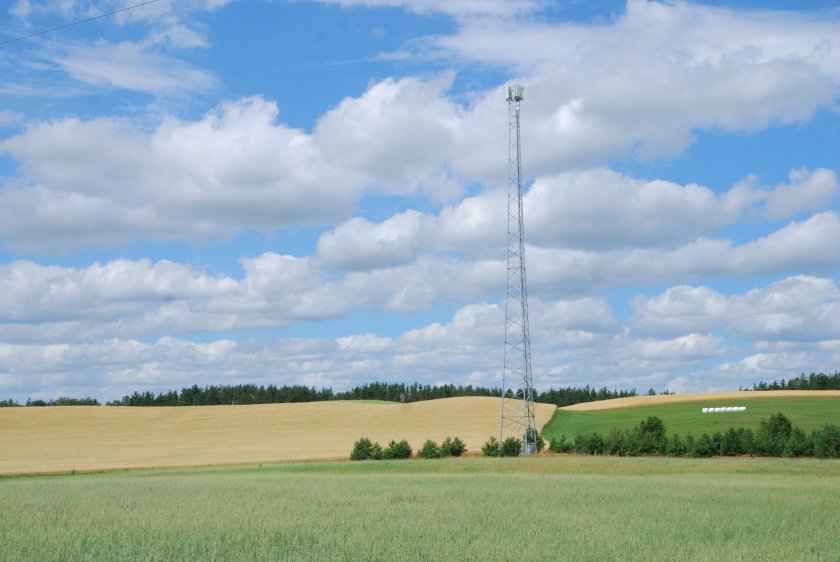
Government plans to extend 4G mobile connectivity and broaden consumer choice in rural areas are behind schedule, according to a damning new report.
Launched in March 2020, the Shared Rural Network (SRN) is a joint programme funded by government and the UK’s four mobile network operators (MNOs).
The SRN aims to achieve 95% 4G mobile coverage across the UK landmass by December 2025 – up from 91.4% when the programme launched in March 2020.
By autumn 2023, 92.7% of UK landmass had 4G coverage, but the programme was behind schedule, the National Audit Office (NAO) said in its new report.
Only EE - one of the four MNOs - has announced that it had met its interim coverage target, and it is not clear whether the programme will meet its 95% target on time.
Reasons for delay vary, according to NAO. Government and the MNOs took longer than expected to finalise mast locations, agree site sharing and access, and procure services.
Progress on the programme has also been delayed by the pandemic, opposition from local campaign groups and local authorities’ capacity to handle planning applications, the report states.
Estimated costs have risen significantly on the programme, due to high inflation and other factors, although government does not yet know by how much in total.
As a result of cost pressures, MNOs may no longer be able to deliver the level of coverage required within the current funding, which includes £501m of government funding, and £532m of private sector funding – £1.033 billion in total.
Under the terms of their grant agreement with the government, MNOs bear any additional costs.
However, if costs are excessive, NAO's report says that MNOs may not be obliged to meet individual targets, further risking the overall ambition to achieve 95% mobile coverage across the UK landmass.
Gareth Davies, head of NAO, said it was unclear whether the SRN programme would achieve its coverage target on time.
"Costs are higher than anticipated; and government has not clearly articulated the benefits of aspects of the programme, including increased connectivity in sparsely populated areas.
“As government develops its 5G strategy, it will need to more clearly define what it is aiming to achieve in different parts of the UK and economic sectors, so that limited resources can be targeted where they deliver most value.”
Responding to the report, the Country Land and Business Association (CLA) said the needs of rural communities were 'being ignored'.
CLA president Victoria Vyvyan said: “Mobile network operators will not be able to meet the deadlines set by government on deploying 95% geographic 4G coverage by the start of 2026.
“Failure to meet the agreed deadlines simply perpetuates the ongoing rural-urban digital divide, holding rural businesses back and hitting economic growth.
“There should be no more excuses. If deadlines that had already been agreed by both government and the mobile industry cannot be met, it is now time to look at different solutions.
"The CLA wants to see the government impose national rural roaming on operators if they are unable to meet their commitments.”
